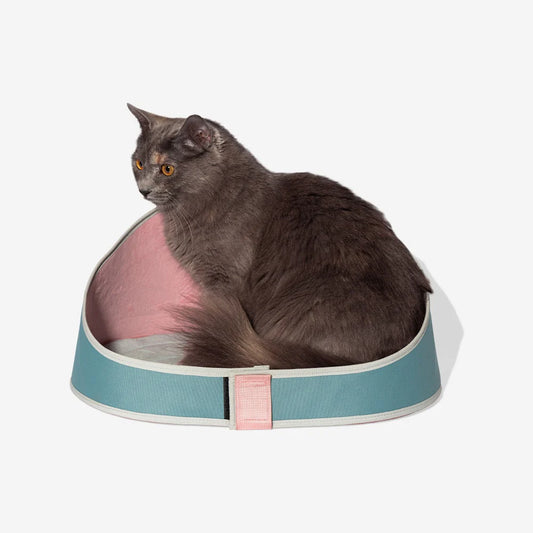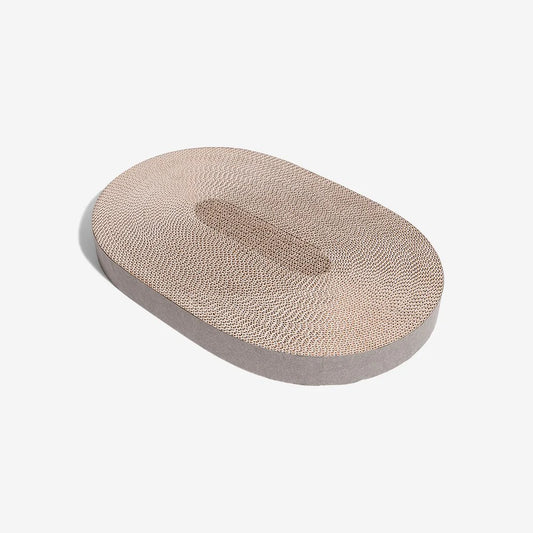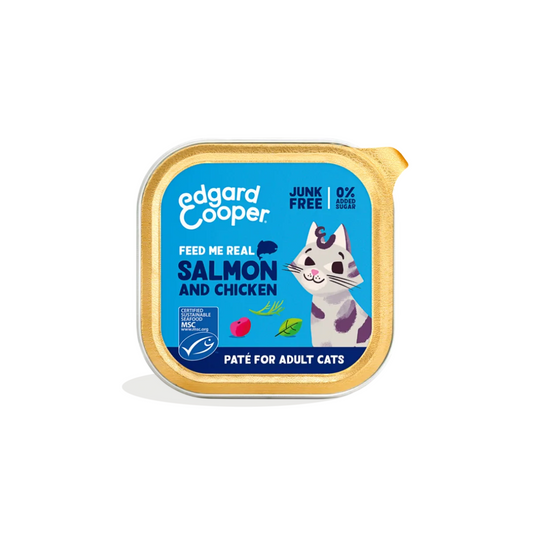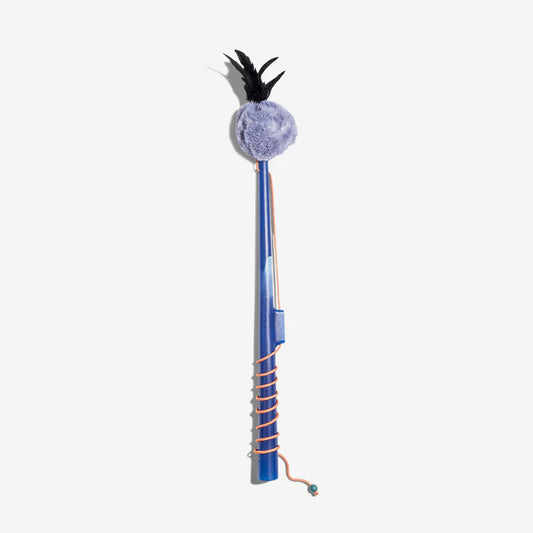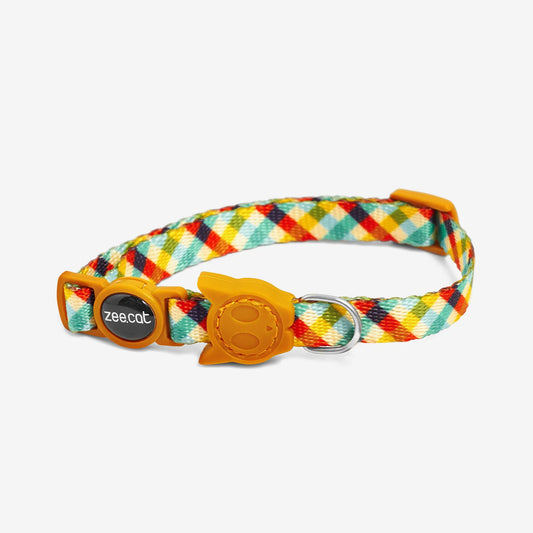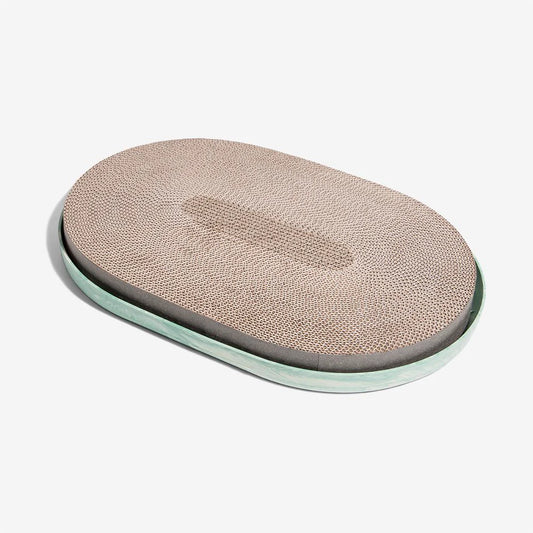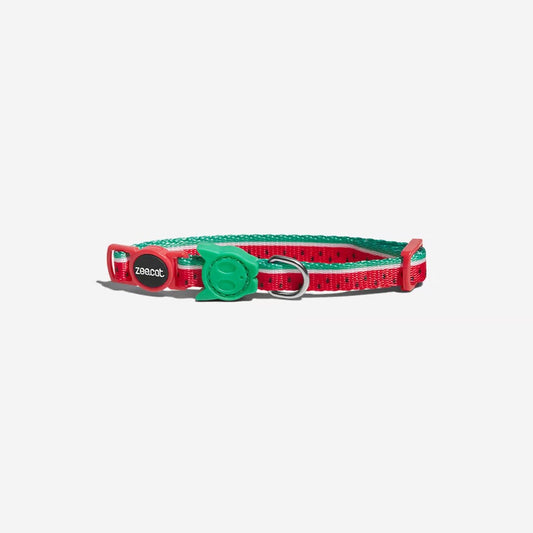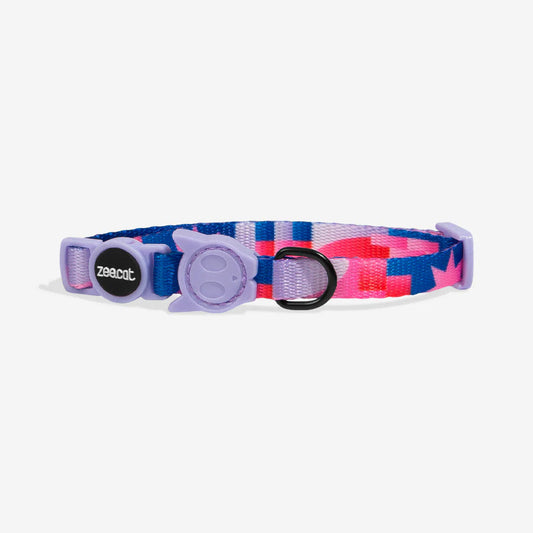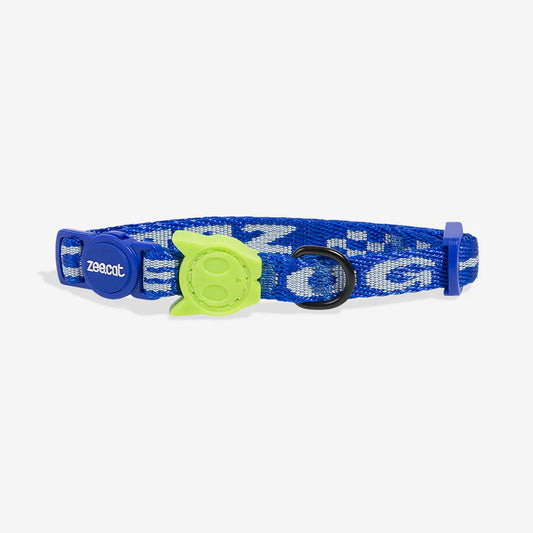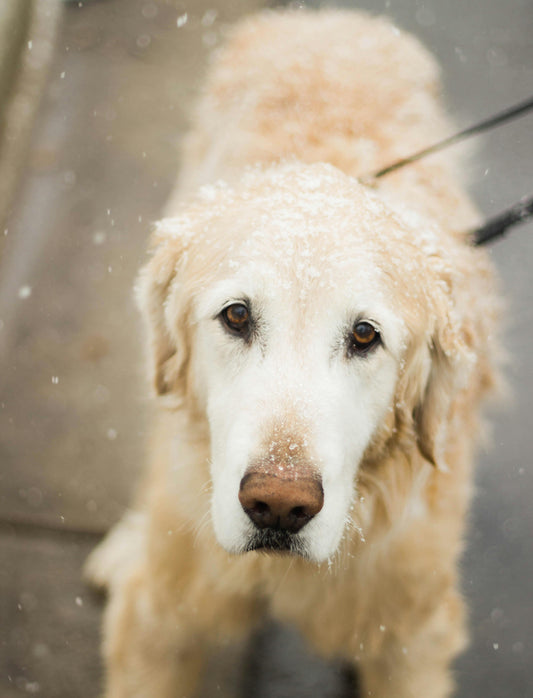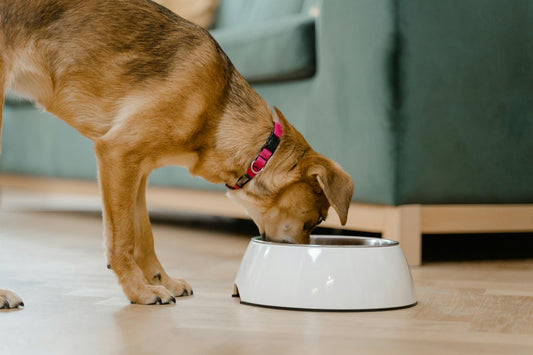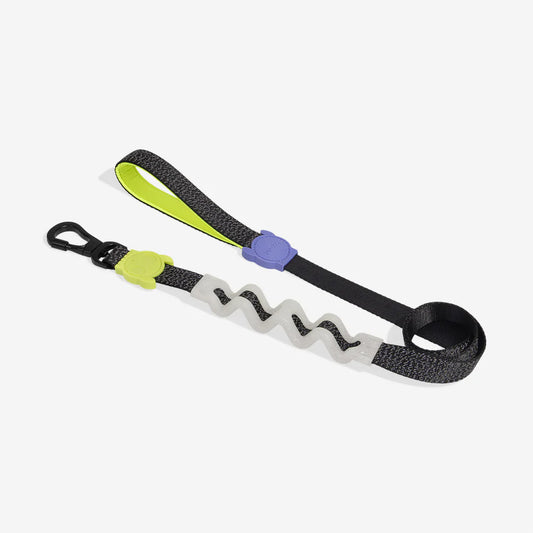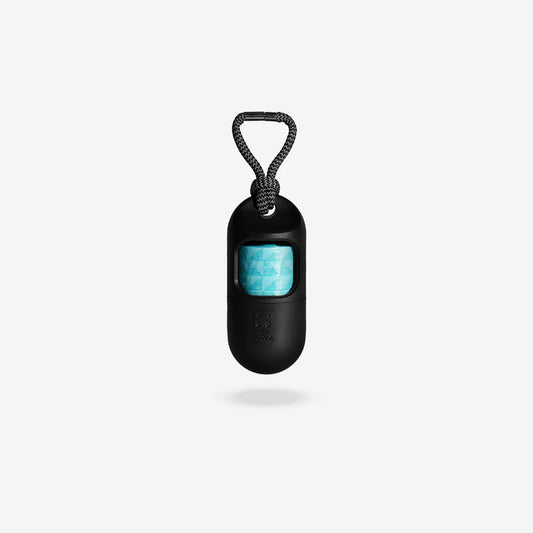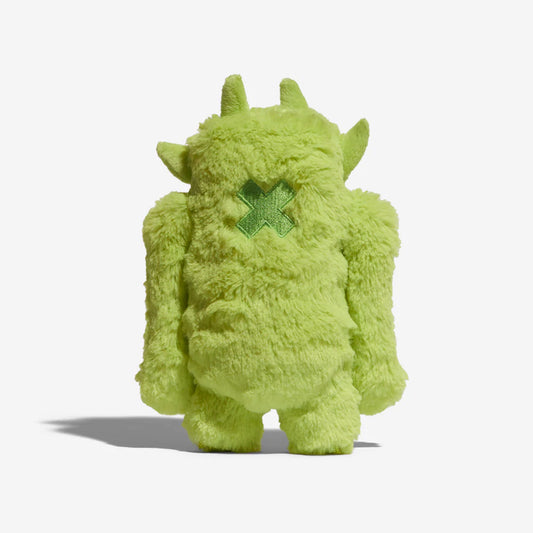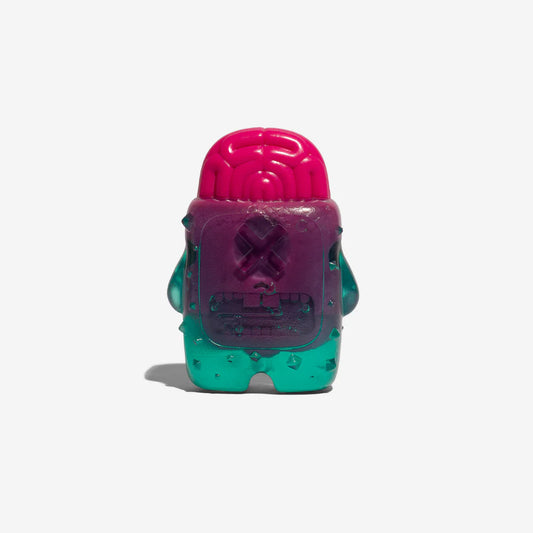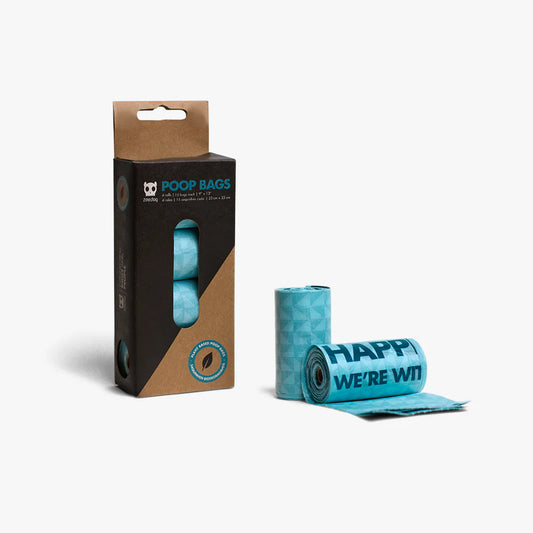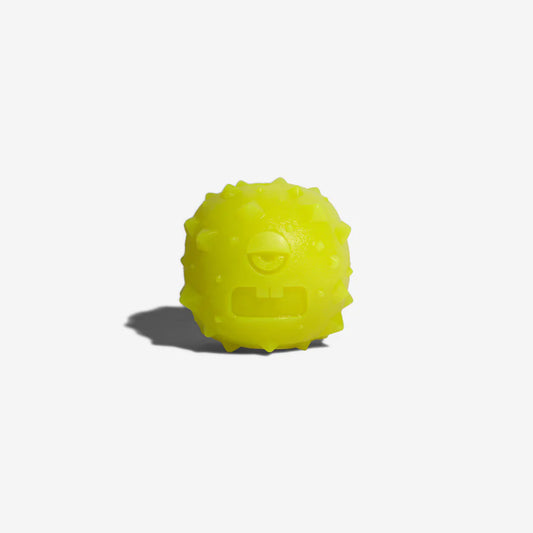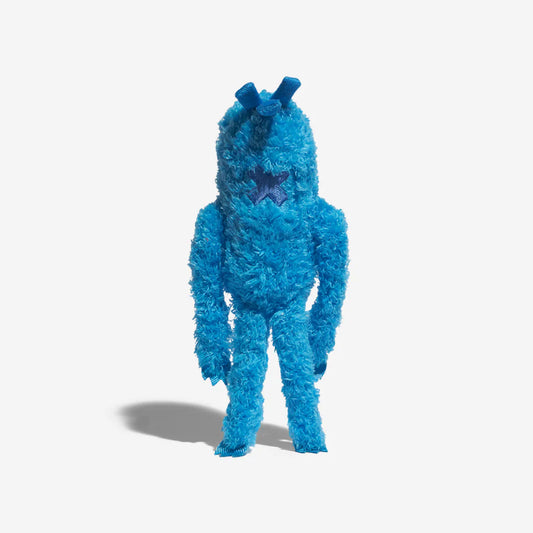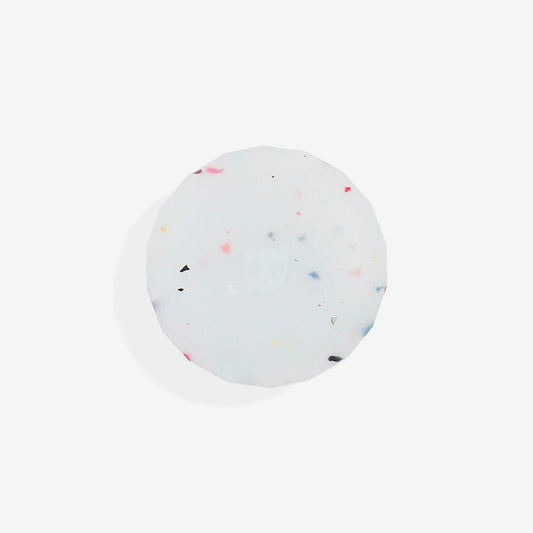Maintaining a clean environment for pets is as essential as keeping a tidy home for humans. A dog's bed is a haven for the pet, a place where it spends a considerable amount of time resting and sleeping. Over time, a dog's bed can accumulate dirt, hair, saliva, and even parasites if not cleaned regularly. It's important to recognize that washing a dog's bed is about more than just eliminating odors; it's about ensuring the health and well-being of the pet.
The frequency of washing a dog's bed will depend on several factors, including the dog's breed, skin conditions, and level of outdoor activity. A dog that spends a lot of time outside or sheds excessively may require the bed to be cleaned more often than a dog that stays indoors and sheds less. Similarly, dogs with skin conditions or allergies may benefit from more frequent washing to prevent irritation or infection.
As a general guideline, a dog's bed should be washed at least once every two weeks. However, pet owners should adjust this schedule based on their dog's specific needs and lifestyle. For instance, during periods of wet weather or after an adventure in the mud, the bed may need to be cleaned immediately. Observing the dog's behavior and the bed's condition will help owners decide when it's time for a wash.
Determining Wash Frequency
Washing a dog's bed is essential for maintaining a clean and healthy environment for the pet and the home. The frequency of washes depends on various specific factors including the dog’s bed use, breed, hair type, and the visible signs of dirtiness.
Assessing Your Dog's Bed Usage
One should observe how much time their dog spends in its bed. A dog that uses its bed heavily, sleeping there both day and night, will require more frequent cleaning compared to a dog that alternates between various resting spots.
Considering Dog Breed and Hair Type
- Short-haired breeds: May require less frequent bed washes as they tend to leave fewer hairs.
- Long-haired or shedding breeds: Beds may need to be washed more often to remove excess hair and dander.
Identifying Signs of Dirtiness
The bed should be inspected regularly for:
- Visible dirt and stains: Immediate washing required.
- Odors: Persistent unpleasant smells signify it's time for a wash.
- Allergies: If the dog or anyone in the home starts showing allergic reactions, the bed may need cleaning to remove allergens.
Proper Bed Washing Techniques
For maintaining a clean and healthy environment for a pet, it is essential to wash their bed correctly using suitable detergents, follow the appropriate steps for cleaning, and ensure the bed is dried thoroughly.
Choosing the Right Detergent
List of non-toxic detergents:
- Seventh Generation Free & Clear
- Ecos Free & Clear
- Arm & Hammer Sensitive Skin Free & Clear
Choosing the right detergent is crucial for the safety and comfort of the pet. One should opt for non-toxic, fragrance-free detergents that are less likely to irritate a pet's skin or cause allergic reactions. It's also important to check if the chosen detergent is compatible with the fabric of the dog's bed.
Bed Washing Steps
- Remove any covers: If the bed has a removable cover, take it off and shake out loose dirt.
- Vacuum the bed: Before washing, vacuum the bed to remove hair, crumbs, and dirt.
- Pretreat stains: Apply a pet-safe stain remover to any visible spots or soiled areas.
- Wash setting: Place the bed or cover in the washing machine and set it to a gentle cycle with warm water.
- Use recommended detergent amount: Add the correct amount of chosen detergent as per label instructions.
It is vital to follow these steps precisely to ensure that the bed is cleaned effectively without causing damage to the material.
Drying the Bed Properly
Drying Methods:
- Air drying
- Machine drying on a low-heat setting
After washing, one must ensure the bed is completely dry before allowing a pet to use it again. Moisture can lead to mold and bacteria growth. The bed can either be air dried outdoors or in a well-ventilated area, or machine dried on a gentle, low-heat cycle to prevent shrinkage or damage to the fabric.


